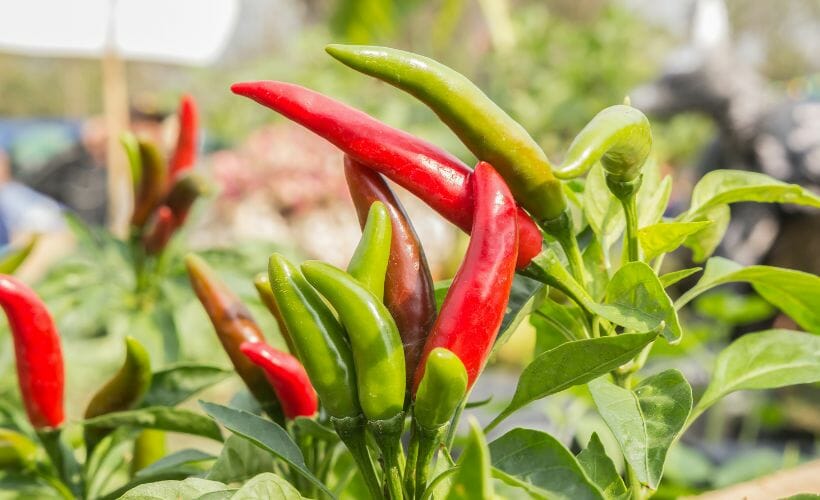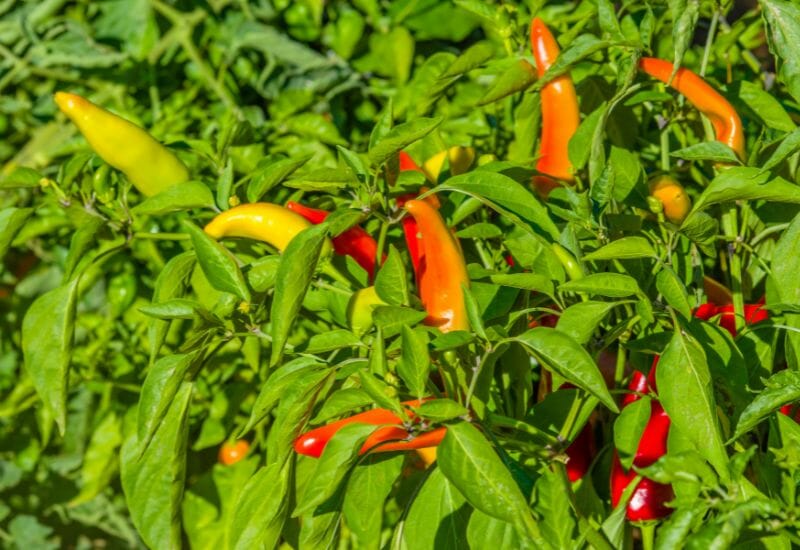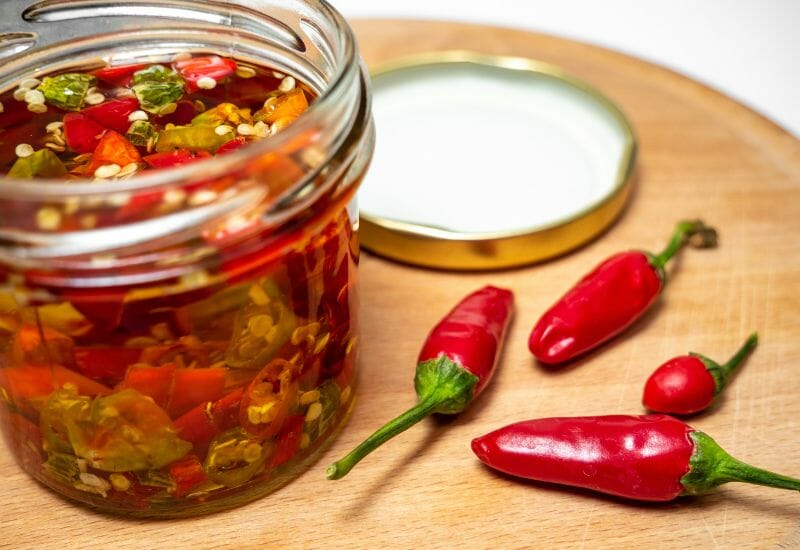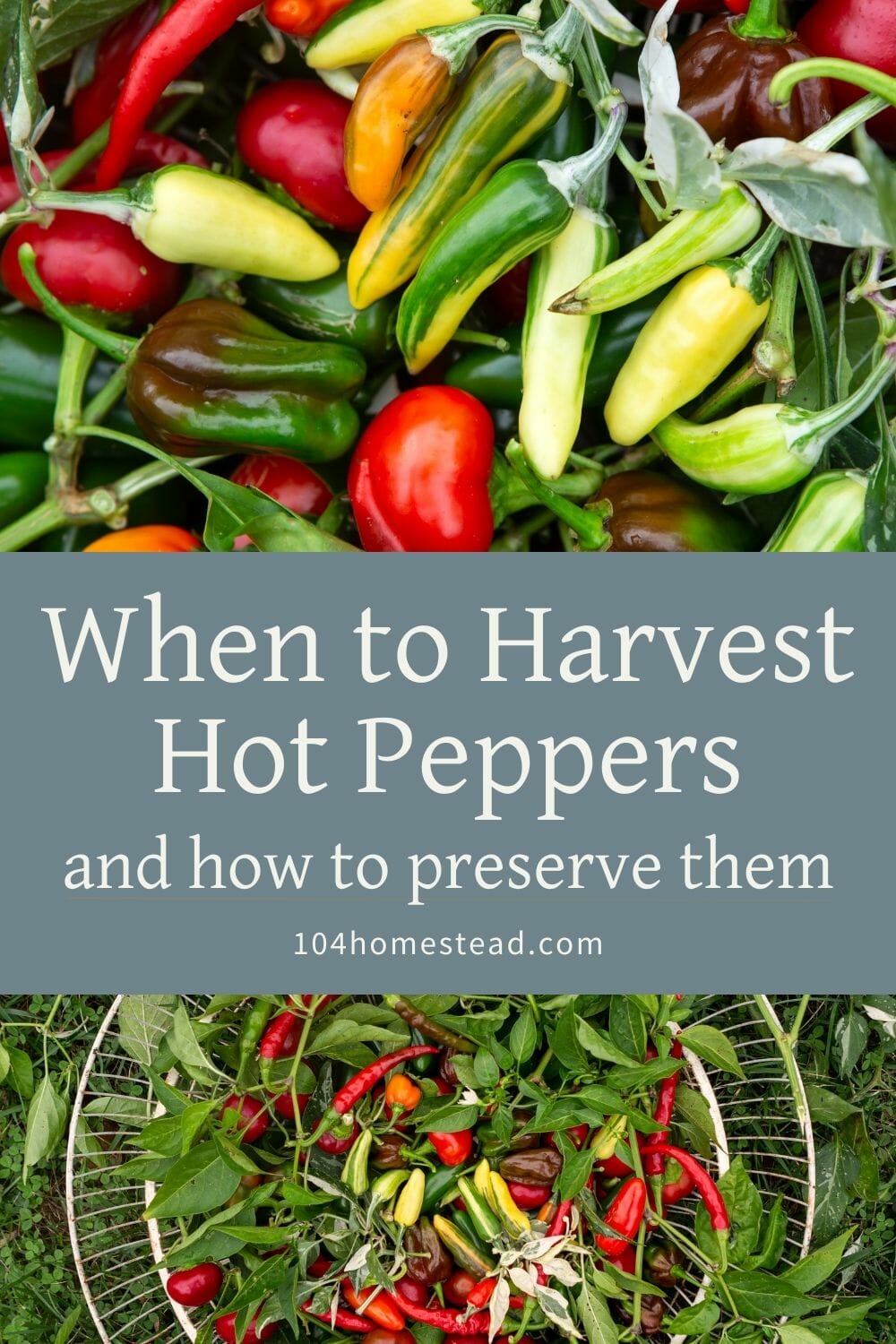The Best Way to Preserve Hot Peppers for Year-Round Flavor
Discover the best way to preserve hot peppers at home—plus tips for harvesting, storing, and using your spicy garden bounty all year long.

When you’ve got a basket full of blazing hot peppers and no idea what to do with them, don’t worry—I’ve been there. Preserving them the right way means you’ll be able to add that perfect punch of heat to your meals long after the growing season ends. And the best part? You’ve got options, depending on your taste buds and how much effort you want to put in.
In this post, I’ll walk you through how to harvest hot peppers at the right time for the best flavor, and show you the best preservation methods—whether you like them pickled, powdered, or frozen. Let’s turn that garden heat into pantry gold.
When to Harvest Hot Peppers for Maximum Flavor
Before we talk preserving, let’s talk picking—because timing matters. Peppers that are under-ripe won’t give you the bold flavor you’re after, and overripe ones can be mushy or bland. Here’s how to tell they’re ready to pick:
- Color: Most peppers start green and shift to red, orange, yellow, or even purple. Wait until they’ve reached their mature color for peak flavor and heat.
- Texture: Gently press the pepper. It should feel firm but give slightly—too soft means it’s past its prime.
- Size: Check the expected mature size for your variety. If it’s there, and the color and texture check out, it’s ready.
Not sure if your pepper plants are on track? This guide on growing peppers from seed with these easy tips can help you troubleshoot for next season.

The Best Ways to Preserve Hot Peppers
Hot peppers are incredibly versatile, and how you preserve them depends on how you want to use them later. Here are my go-to preservation methods, broken down so you can choose what works best for your kitchen and cooking style.
Drying for Powder or Flakes (Best for Spice Rack Stocking)
Drying hot peppers concentrates both flavor and heat—perfect if you want to make your own pepper flakes or hot pepper powder.
Here’s how to do it:
- Air drying: String whole peppers on twine and hang them in a dry, well-ventilated area.
- Oven or dehydrator: Slice peppers in half (remove seeds for less heat), lay them cut side down on a tray, and dry at the lowest temp setting.
Pro tip: Toast your dried peppers in a dry skillet before grinding. It deepens the flavor and adds a smoky richness.
Once fully dried, store whole or grind into flakes/powder and keep in airtight containers. A little goes a long way.
Freezing (Best for Quick Cooking Later)
If you want your peppers to taste as fresh as possible without much fuss, freezing is your best bet. It locks in flavor and texture better than canning or pickling.
- Wash and dry your peppers.
- Slice, chop, or leave whole—your choice.
- Flash freeze on a tray, then transfer to labeled freezer bags or containers.
You can toss them straight into soups, stir-fries, or chili—no thawing needed. I use this method when I’m short on time but want that garden heat mid-winter.
Pickling (Best for Mellowed Flavor + Shelf Appeal)
Pickling tones down the heat and adds a punchy, tangy twist. It’s perfect for topping sandwiches, tacos, or cheese boards.
You can use a basic vinegar brine (equal parts vinegar and water, with salt and garlic or spices), pour it over sliced hot peppers in a jar, and store in the fridge. No canning required unless you want them shelf-stable.
Homestead and Chill has an excellent recipe for refrigerated pickled peppers.
Making Hot Pepper Jelly (Best for Entertaining)
Hot pepper jelly might sound odd, but trust me—it’s a showstopper on a charcuterie board or paired with cream cheese and crackers. It’s also delicious brushed over grilled chicken or pork.
There are a few steps involved, but if you like making jam, it’s not much different. Look for recipes that use both sugar and vinegar for that sweet-spicy balance, like this one from Heart Beet Kitchen.
Bonus: Hot Sauce (Best for Long-Term Heat Lovers)
Want to bottle your heat? Hot sauce is one of the most rewarding ways to preserve hot peppers. There are endless variations—fermented or quick-cooked, mild or molten. I’m a big fan of this recipe from The Curious Chickpea.
Just remember: when working with hot peppers in bulk, wear gloves and work in a well-ventilated space. Capsaicin burns are no joke.

Safety Note: Handle with Care
When preserving hot peppers, especially very spicy varieties like habaneros or ghost peppers, always wear gloves—and if you’re cutting a lot of them, consider goggles or working near a fan or open window. The oils can linger on your skin and easily transfer to your eyes, face, or even kids and pets. Wash your hands thoroughly with soap afterward.
Spicy FAQs for the Curious Preserver
Keep the Harvest Going
Preserving hot peppers is just one way to stretch your garden’s bounty. If you’re looking to build your pantry with homegrown flavor, you’ll love these guides too:
- Learn to harvest green beans and preserve them for year-round side dishes.
- Wondering about tomatoes? Here’s when to harvest and preserve tomatoes like a pro.
Pin this post so you’re ready when the peppers pile up.

The best way to preserve hot peppers really depends on how you want to use them later—but whether you’re drying, freezing, pickling, or blending up a bold sauce, you’re making your garden’s heat last well beyond the season.
Give one or more of these methods a try and keep experimenting—you’ll find your favorite go-to in no time. And if you’re new to preserving, start simple. Even tossing a few into the freezer can save you time and spice things up later.

